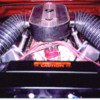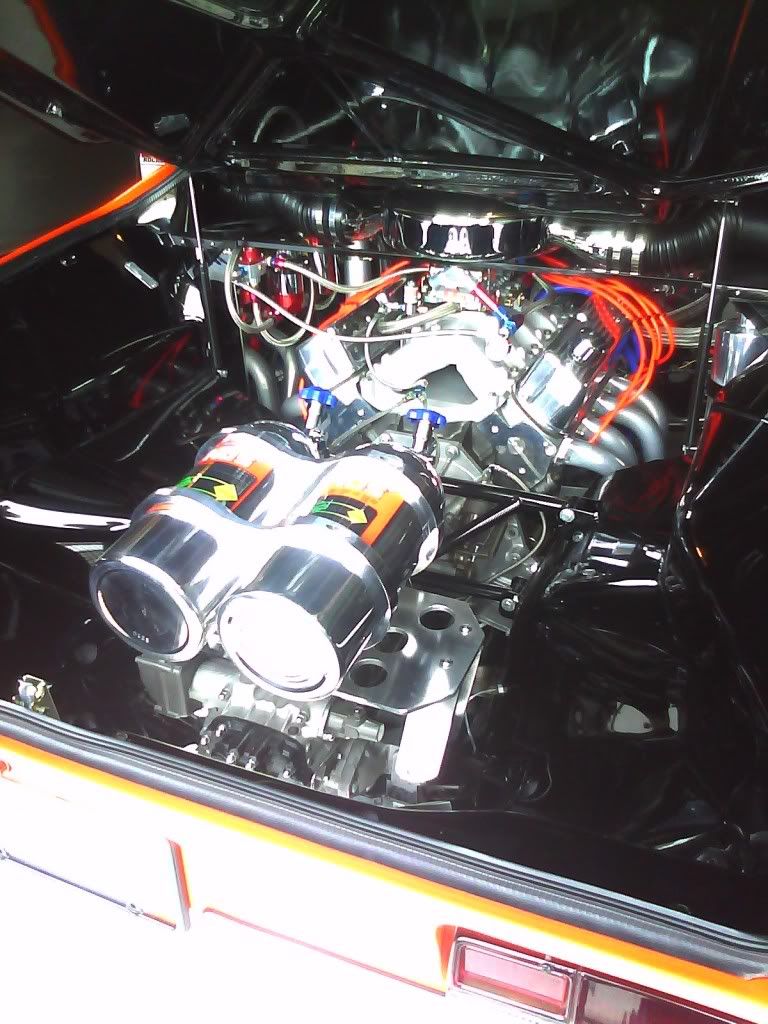OK, let’s try this one more time.
quote:
Originally posted by 4NHOTROD: On an average July early evening (75*), I was getting 180* inlet temps on my laptop. I now rarely see the temp go above 100*. Will
Since Will actually has an EFI system with an ECU that senses inlet air temp, he certainly has my attention.
To me, the point is without doubt, an ~80F drop in average inlet air temp is a 12.9% improvement in terms of absolute temperature. That should present a real life opportunity for a comparable gain in charge air density, thus power. Perhaps not over the engine dyno reading, but certainly over the previous in-car condition. Furthermore, if you’re on the edge of how much advance you can run on the ignition curve due to compression ratio and pump gas limitations, it may also represent the opportunity to pick up some more power as these combinations often like more ignition advance than can be tolerated at lower compression and octane levels. There is at least one member that has commented on this thread with a boosted engine, and as I mentioned, it’s an even bigger deal in boosted engines.
Between 50 mph and 150 mph there is only 0.3%-2.6% of similar potential due to Ram Air affect. Does that frame it? So irrespective of method, if your charge air is 100F over ambient, charge air temp management is material in a street driven Pantera. Ram Air is not.
When I remarked in my previous post that most only realize 1-6% improvements from charge air scheme mods, this depends upon your starting point, and I can assure you that most cars don’t start with conditions that average 105F over ambient temperature; maybe at idle but not in the moving car.
Mid engine cars have a lot of advantages, but heat management is not always among them and this is certainly true in Panteras. In Will’s case, he also has 180s and that will definitely add to the need to manage charge air temp, which he appears to have attended to in exemplary fashion.
So considering the $dough and effort typically spent in engine building to realize % power gains, it’s certainly not productive to give back >10% on charge air temp without a fight because of in-car conditions.
Best,
K










